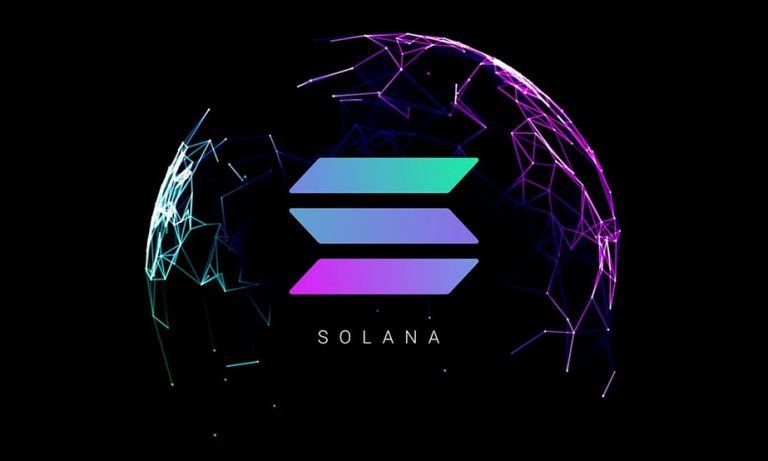
Solana has reportedly surpassed all blockchains in monthly decentralized exchange (DEX) volume for the fifth consecutive month. This claim aligns with recent trends highlighting Solana’s growing dominance in the decentralized finance (DeFi) space, driven by its high transaction throughput, low fees, and robust ecosystem of DEXs like Raydium, Orca, and Jupiter.
Solana is a high-performance, open source blockchain designed to address scalability issues that plague many other networks like Ethereum, while maintaining decentralization and security. Launched in March 2020 by Solana Labs, co-founded by Anatoly Yakovenko, its technology is built around a unique combination of innovations that enable it to process thousands of transactions per second (TPS) at low cost.
While exact figures for March 2025 are not fully detailed in the available data, earlier reports indicate Solana’s DEX volume reached $129.736 billion in February 2025, far exceeding Ethereum’s $70.635 billion, and continued to outpace competitors like Binance Smart Chain and Ethereum’s Layer-2 solutions in subsequent months. This sustained lead reflects Solana’s appeal to traders and developers, bolstered by innovations like liquid staking and memecoin activity, positioning it as a leading blockchain for DeFi trading volume.
Register for Tekedia Mini-MBA edition 19 (Feb 9 – May 2, 2026): big discounts for early bird.
Tekedia AI in Business Masterclass opens registrations.
Join Tekedia Capital Syndicate and co-invest in great global startups.
Register for Tekedia AI Lab: From Technical Design to Deployment (next edition begins Jan 24 2026).
Here’s a breakdown of Solana’s core technical features:
Solana’s standout feature is Proof of History, a mechanism that timestamps transactions in a cryptographically verifiable way before they’re added to the blockchain. It uses a verifiable delay function (VDF) based on SHA-256 hashing to create a historical record of events.
Unlike traditional blockchains where validators must agree on the time of transactions via consensus (which can slow things down), PoH allows nodes to independently verify the order and timing of events. This reduces the communication overhead in consensus, boosting speed. Think of PoH as a clock that stamps every transaction with a unique “time signature,” so validators don’t need to debate “when” something happened.
Solana uses a delegated Proof of Stake model layered on top of PoH. Validators stake SOL (Solana’s native token) to participate in securing the network and earn rewards. A leader node, chosen based on stake and a rotating schedule, proposes new blocks using PoH data. Other validators confirm these blocks. PoS ensures security and decentralization, while PoH handles the heavy lifting of ordering, making the process efficient.
Solana’s version of Byzantine Fault Tolerance (BFT) is called Tower BFT, optimized to work with PoH. Validators vote on the state of the ledger, and their votes are weighted by stake. PoH’s timestamps help achieve consensus quickly by reducing the need for extensive back-and-forth messaging. Tower BFT enables fast finality (transactions are confirmed in seconds), crucial for high-throughput applications.
On Solana Blockchain Fees are determined by network usage and computation required, but Solana’s architecture keeps them minimal—often a fraction of a cent per transaction (e.g., ~$0.00025). This is a stark contrast to Ethereum’s gas fees, which can spike during congestion. Low costs make Solana attractive for DeFi, NFTs, and microtransactions.
Cloudbreak: Solana’s database design spreads data across SSDs (solid-state drives) to handle the massive throughput without choking on storage.
Archivers: Off-chain nodes store historical data, keeping the main network lean and focused on current transactions.
Why It Excels for DEX Volume
Solana’s speed (sub-second finality), scalability, and low fees make it ideal for decentralized exchanges, where traders need fast swaps and minimal slippage. Features like Sealevel’s parallel processing handle the high transaction loads of platforms like Jupiter and Raydium, driving Solana’s five-month streak as the top blockchain for DEX volume as of March 2025.
In short, Solana’s tech is a bold attempt to rethink blockchain scalability, blending PoH with PoS and a suite of optimizations to deliver a fast, cheap, and powerful network—though not without some trade-offs in complexity and decentralization debates.



